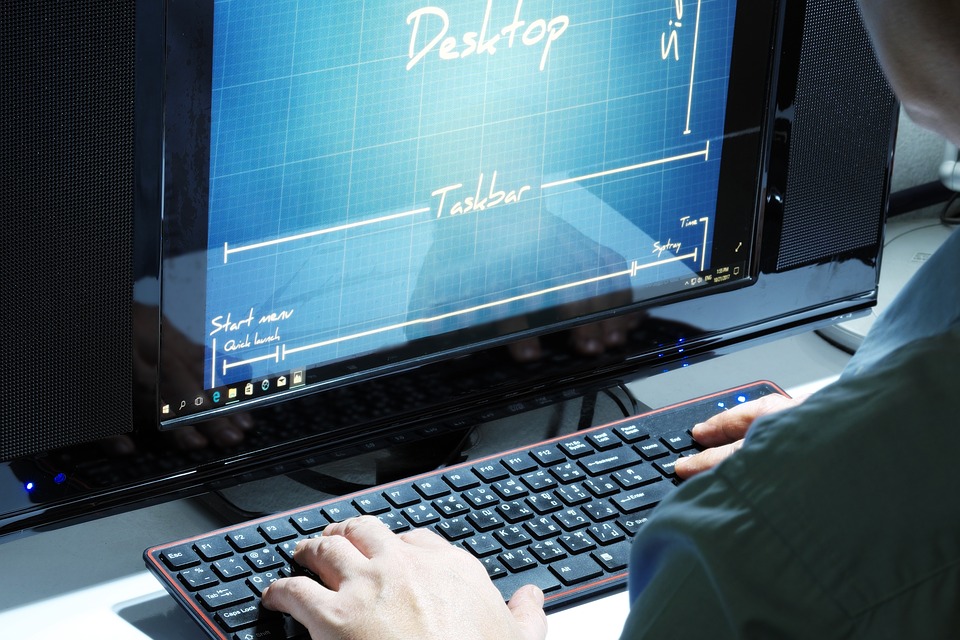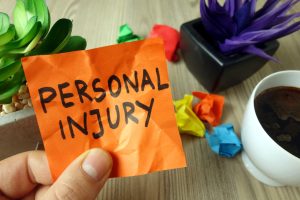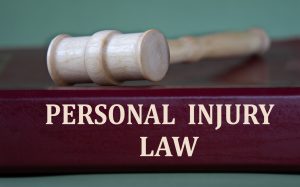According to Statista, the fourth leading cause of death in the US is unintentional injuries or accidents, with roughly 200,955 individuals dying. Many of these injuries have resulted in tort claims, with 11.34 percent of people aged 18–64 years old requiring the services of a personal injury lawyer to help them file and win their cases.
Based on the United States Courts data, personal injury caseload related to product liability alone increased 97 percent in 2020. The same report also stated that pending civil cases increased by 9 percent to 397,492 during the same period.
It’s easy to surmise that improvement is necessary to streamline the processes and help more claimants and victims get the justice they deserve.
The digital era is here, and the legal industry is among those that will significantly benefit from the power of technology. For legal firms, technology can do so much to help them manage their cases, which came into prominence at the height of the pandemic. Many expert law firms offered virtual case management to their clients to ensure lockdowns and restrictions do not hamper the progress of their cases. But technology can do more than just that.
Leveraging Technology to Improve Processes
Here are some ways of how technology plays a role in personal injury cases:
Streamlining Claims Settlements
Some personal injury cases end up in settlement. This is often the preferred route for most parties since it helps them save money, time, and effort while reducing the risk. If both parties are amenable to settlement, some legal firms will use artificial intelligence to streamline the process.
Through an intuitive AI interface in software, essential data are processed, organized, evaluated, and sent to parties. In some more advanced software, machine learning trains the program to make estimations, predictions, and even come up with decisions. In such cases, since there is no human intervention, the findings are often free from subjective bias.
IoT to the Rescue
In personal injury cases, determining liability lies on the burden of proof. The party who can provide the most evidence wins the case. Therefore, the Internet of Things or IoT comes in handy. CCTVs, dash cams, smartwatches, and smartphones have become reliable evidence to provide litigators and judges better information on who is responsible for the negligence that caused the injury or death. Car accident claims can use data from the dashcam to identify the offending factors that led to the crash.
3D and Animation as Visual Aids
For lawyers, presenting visual aids help them get their message across. Sometimes, simply narrating the story is not enough. Often, jurors have to rely on pictures and actual presentations. These items are the ones that stick to their minds. Sometimes, images don’t depict the actual injury, affecting their decision process.
Thanks to technology and 3D recreation and animation, jurors can better picture what actually happened. It’s easier for decision-makers to see the narrative--how the plaintiff was injured. Simulations also help, particularly for complex medical malpractice claims. The jury can see the actual procedure, what could have gone wrong, and the ways to prevent complications.
Secure Confidential Data
For highly sensitive personal injury cases, it’s no longer surprising for law firms involved to experience hacking. With troves of sensitive information, nefarious individuals out to siphon money from big-time clients can indeed earn a great deal by targeting law firms. In 2020 alone, the American Bar Association reported that 29 percent of law firms claimed security breaches, 36 percent of which were targeted with malware infections.
Unfortunately, most law firms don’t have adequate background in mitigating such incidents. They don’t have time to deal with such a vital loophole in their systems since they are working on tons of cases. Thankfully, automating their processes with the power of technology can help them secure their network from outsiders’ abuse. They can upload their data on a secure cloud network and prevent unauthorized use and confidential data access.
24/7 Chatbots
While most personal injury lawyers would want to be there for their clients for most of the day, it simply is impossible since these lawyers also have to maintain a work-life balance. However, the power of technology and the utilization of chatbots can help them attend to their clients.
Most of these chatbots can be preprogrammed to help users access the information about a personal injury they need when they need it. Chatbots help minimize the gap in the service provision since the legal team can follow up with the clients as soon as they are in the office and provide continued assistance whenever necessary.
Adopting Technology to Improve Processes
Technology has evolved and will carry on in the years to come, and legal firms should adapt to the change now before it’s too late. Technology can help lawyers unlock opportunities and improve their processes to help lawyers manage their time, handle their cases, and help clients.





















